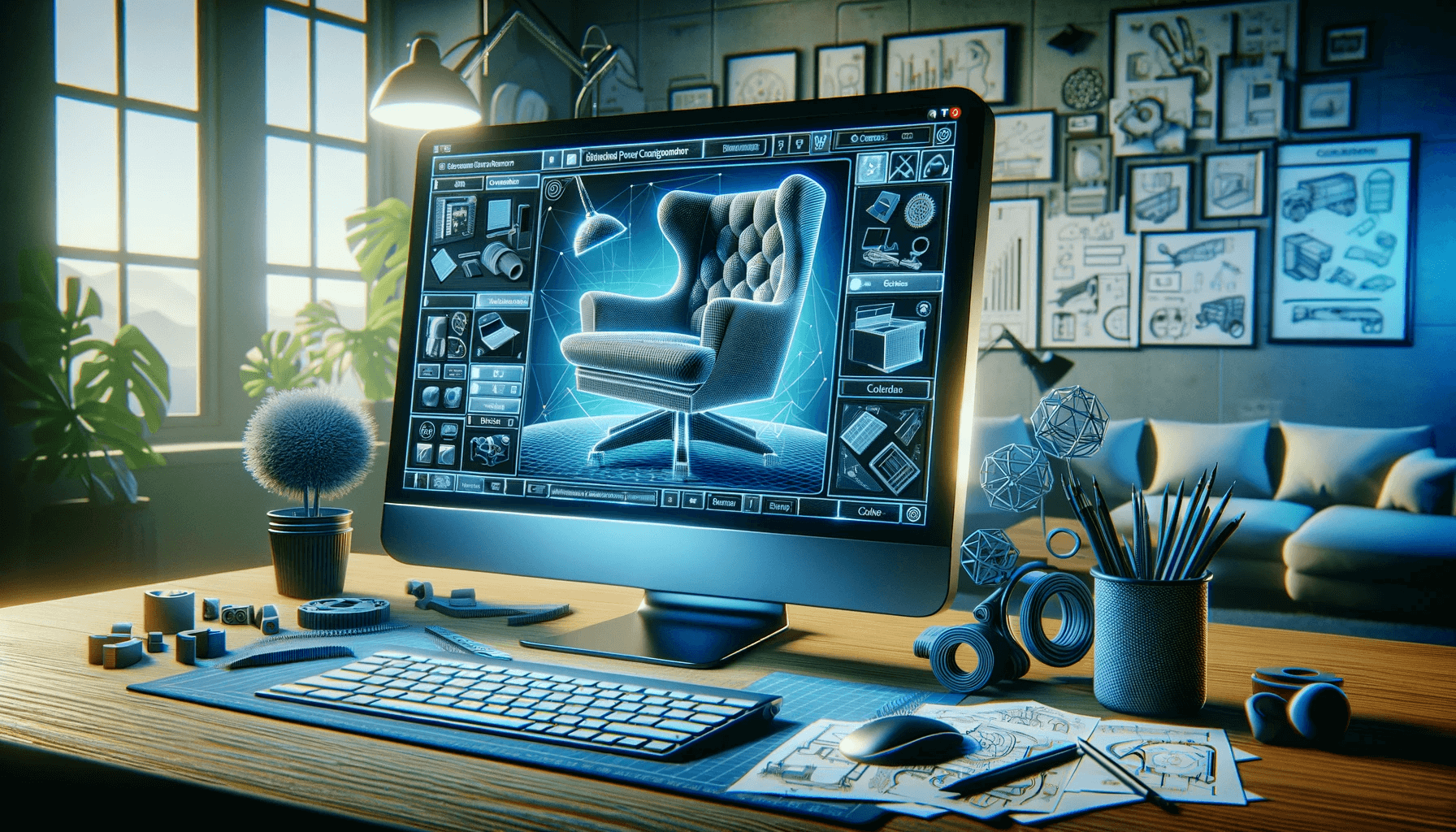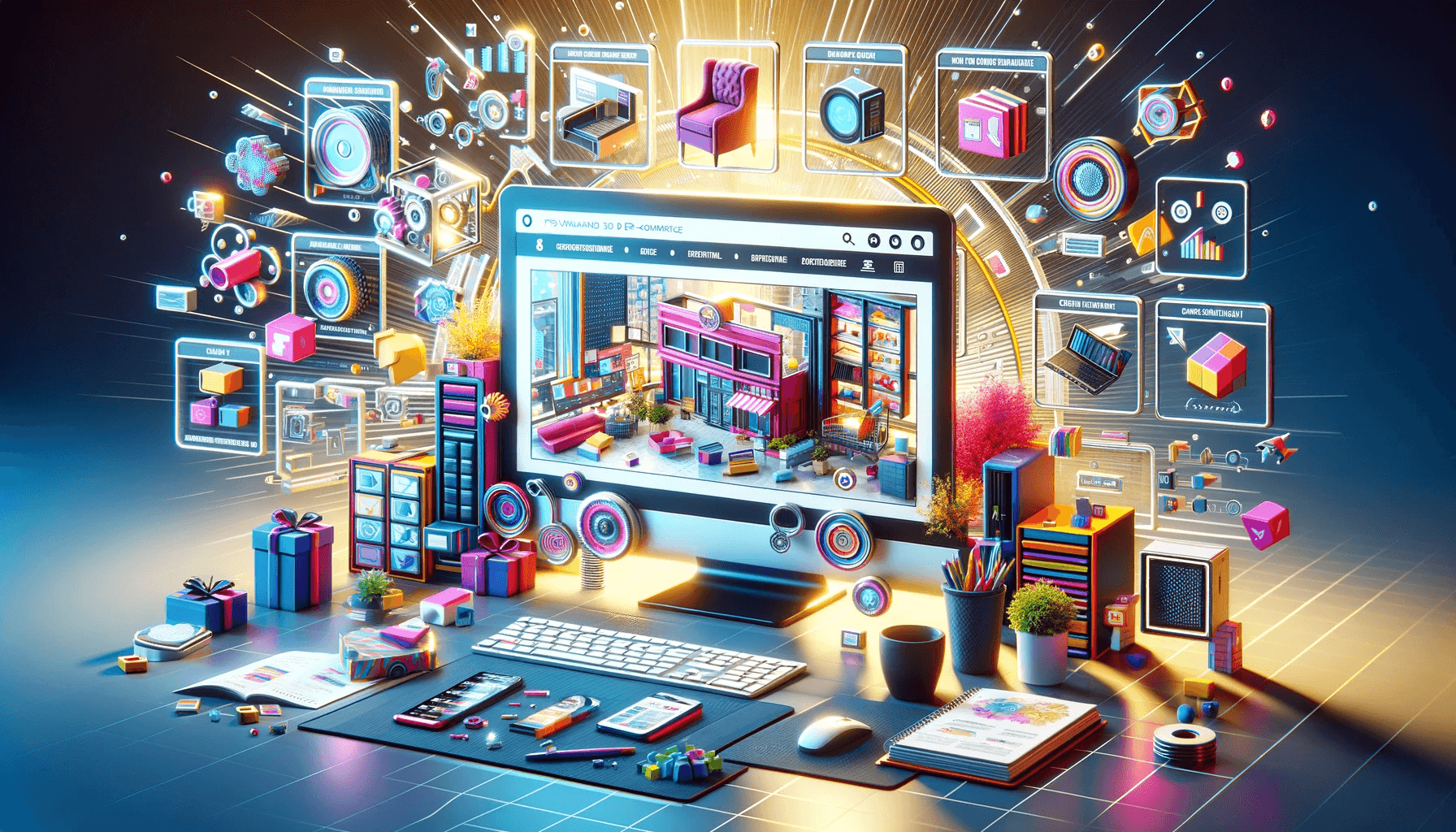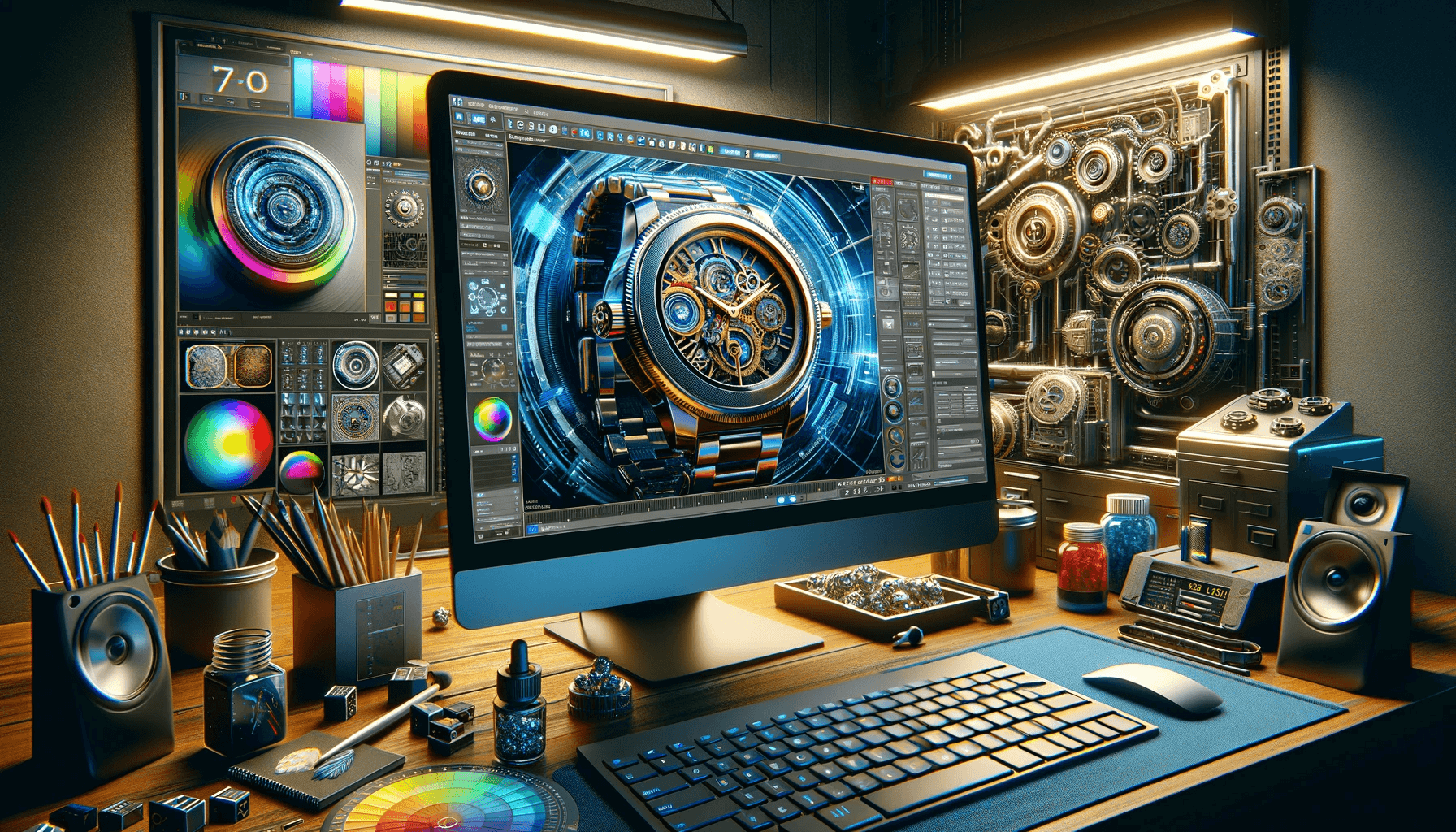Introduction to 3D Product Configurator
3D configurators have a good impact on the entire e-commerce business, this article will explain how to achieve it, and cover the important aspects of 3D product configurators as well as some of the most common problems. Employing 3D technology in e-commerce marketing has shown higher customer engagement. This is further evidence that consumers like to visit online stores that can provide them with a personalized shopping experience. E-tailers are now starting to showcase their products online through 3D product configurators and are experiencing unprecedented levels of website traffic! Now let’s dive into this concept first.
1. What is a 3D configurator?
A 3D configurator is a tool embedded in online shopping platforms to customize products according to customer choices before purchase. It provides customized options for the required products and prepares the products for purchase as per the need and cost.
Online stores using this feature must have 3D models of their products. Then, use 3D configurator on these 3D models through 3D configurator software such as Floating UI, Zakeke, Vendavo, etc. This 3D configurator allows customers to interact more for a better experience compared to the Product Visualizer, which treats the product as a static model.
2. The 3D product configurator: a revolutionary model for e-commerce
E-commerce contributes to the majority of sales in the retail industry. It is even expected that by the end of this century, the e-commerce market will account for about 90% of sales. Therefore, steadily improving your sales skills is a task.
3D modeling products have been having a positive impact on the e-commerce market. Rapidly evolving technology and innovation triggered fierce competition in the industry, forcing e-tailers to change their sales strategies ever since.
From simple 2D product images, the market has gradually embraced a paradigm shift and today it is using this revolutionary 3D product configuration tool. So why not? The rapid growth says it all!
The 3D product configurator is like a virtual showroom for furniture, clothes, shoes, sports accessories, home appliances, indoor and outdoor decorative items, jewelry, machines, cars and almost all consumer goods.
In addition to this, 3D product configurations also provide a 360-degree view of the product, making it easier for buyers to make more informed purchases.
3. Benefits of embedding 3D product configurators in e-commerce websites
Now let’s see why it’s revolutionary.
3.1 Improve customer engagement
3D product configurators are an amazing technology for sellers who are constantly looking for ways to enhance their customers’ virtual interactive shopping experience. People prefer online stores where they can get realistic 3D images of products to meet personalized needs and experience features instead of viewing simple 2D pictures of products.
3.2 Demonstrate the unique features of the product
When using the e-commerce product configurator, 3D models created by experts of any e-commerce product provide buyers with in-depth information about the features and allow them to adjust or configure any features according to the product design. Virtual product configurators help buyers easily understand even complex products.
3.3 Minimize product return rate
Customized products have very low return rates because buyers know the specifications of the product well before they get the actual product. Online 3D configurators can help sellers save significant warehousing costs that they lose by storing returns.
3.4 Improve customer satisfaction and brand awareness
Customers who have the opportunity to configure their purchases rarely like to return to a website without this feature. We all like to buy the best. So, will we be drawn more to online stores with lots of choices?
3.5 Increase website traffic, ROI and sales
Online stores and companies that offer 3D model configurator functionality to potential buyers mostly end up with higher conversion rates. A satisfied customer recommends the website to another potential customer, which in turn increases website traffic, ROI, and sales.
4. In what ways can buyers use the 3D configurator?
Buyers can use the 3D configurator in two ways. They can use it on the browser of their choice or through the available apps. Product configurator cost depends on feature integration as per your requirements.
The web-based product 3D configurator operates according to the capabilities of the browser. In contrast, app-based ones require users to download certain 3D configurator software or plug-ins in order to run and use them.
Afterwards, buyers can get various options to personalize their products through a visual interface, such as color, material, size, text, logo, parts, etc. It’s amazing, isn’t it?
Product models need to be accurate so that they can be modified virtually. 3D asset modeling is a job that requires dedication, skill, and experience. Therefore, sellers outsource their needs to professional 3D product rendering service providing companies.
To achieve perfect results and present the best possible realism of their product 3D models to their customers, sellers rely heavily on expert 3D product modeling services. They ensure that end users get only what they want no matter which way they configure the model.


